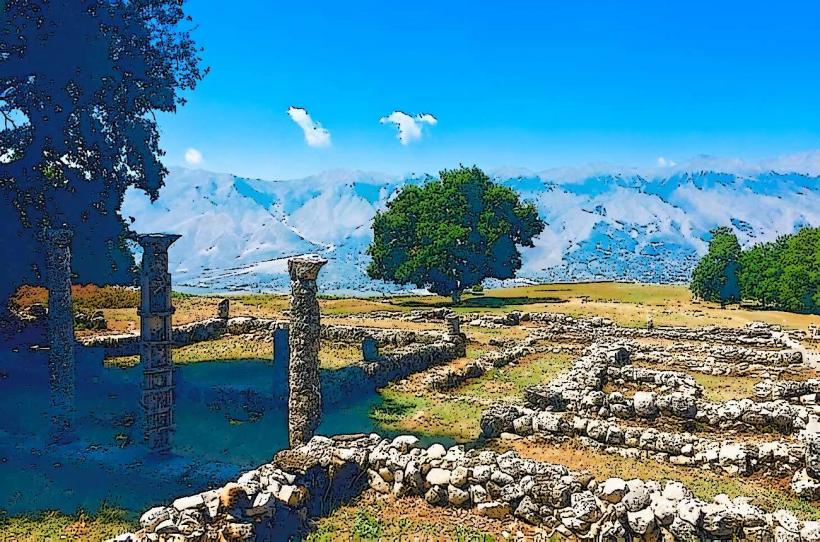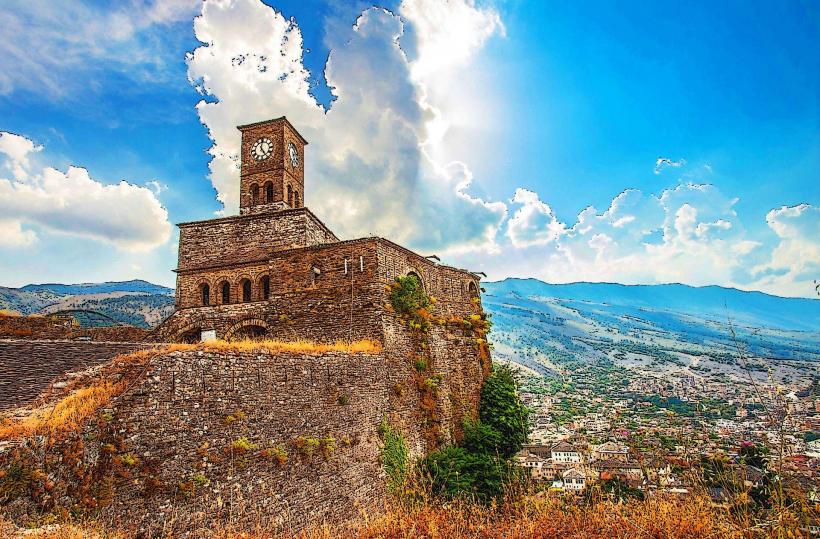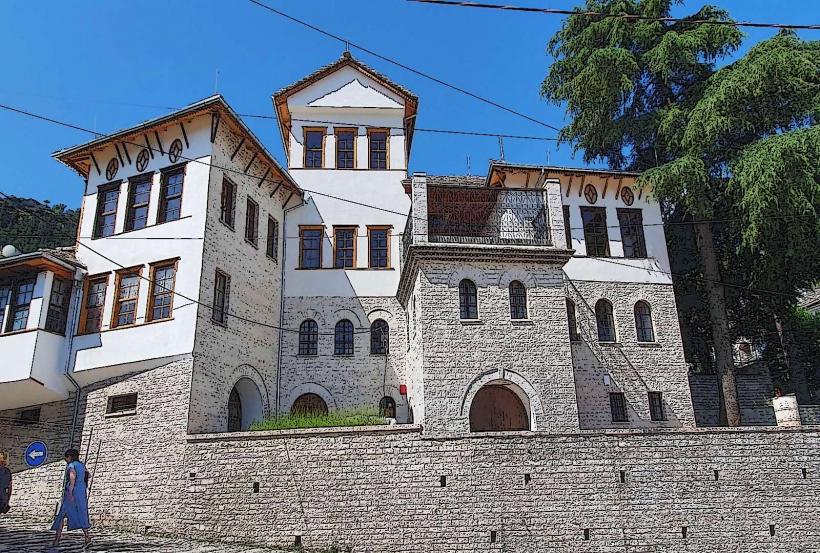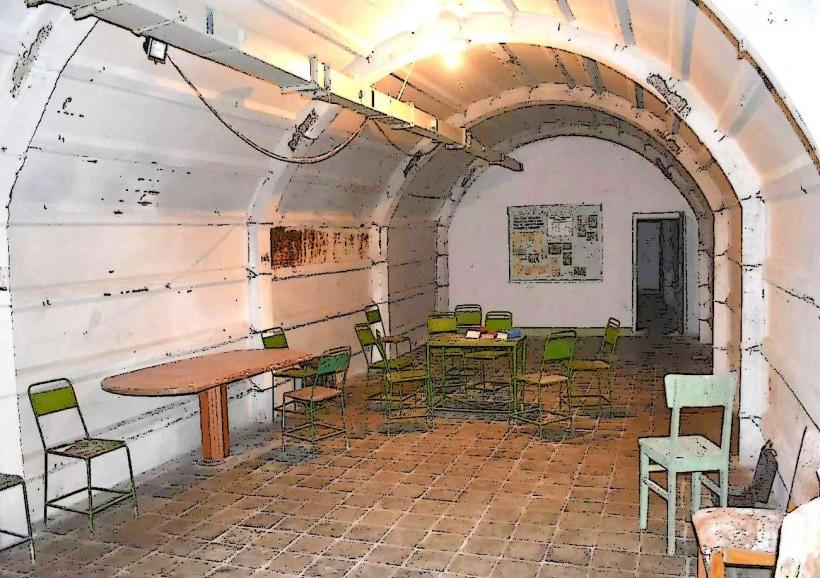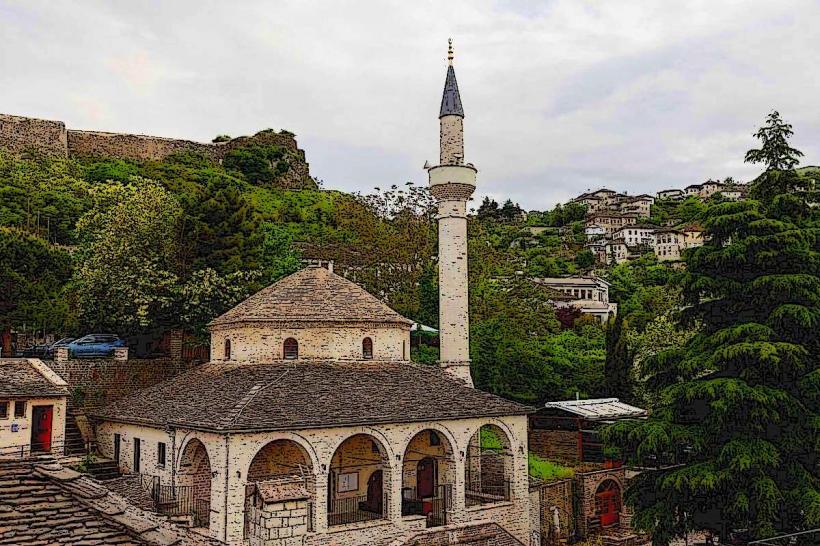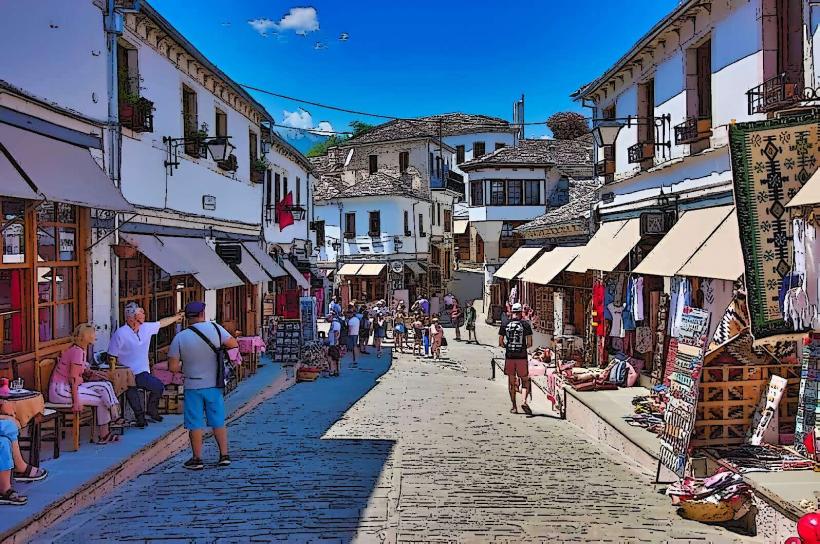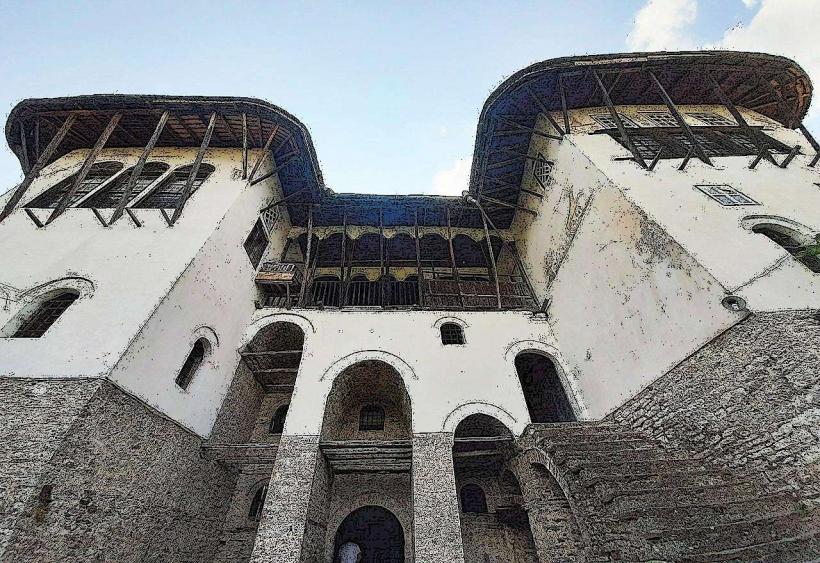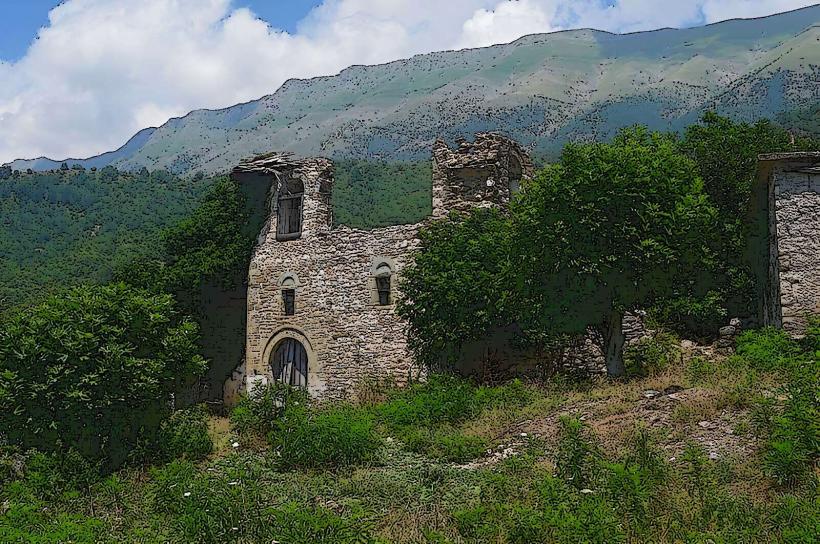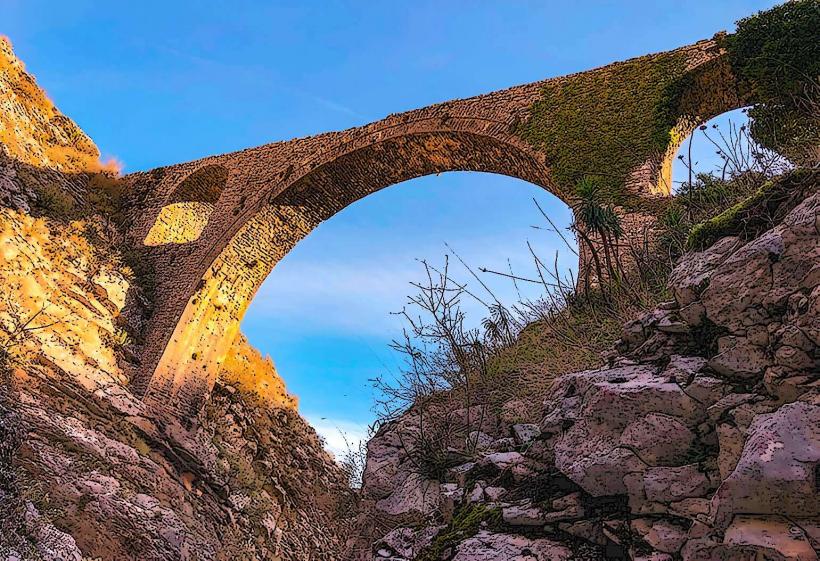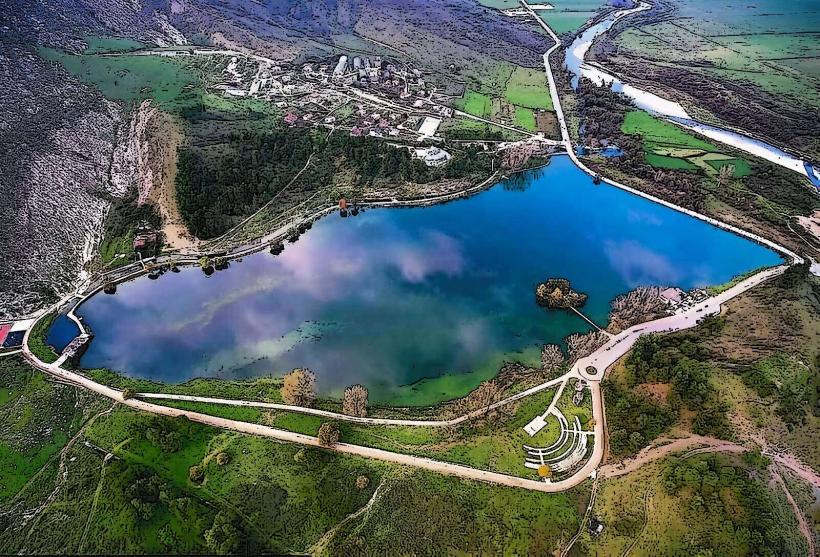Information
Landmark: Zekate HouseCity: Gjirokaster
Country: Albania
Continent: Europe
The Zekate House is one of the most remarkable and well-preserved examples of traditional Ottoman-era architecture in Gjirokastër, Albania. Built during the early 19th century, this grand tower house (known locally as a kullë) reflects the wealth and status of the Zekate family, while also showcasing the artistic and functional aspects of Ottoman design.
Historical Background
- Construction Date: The house was built in 1812–1815 by Beqir Zeko, a wealthy Ottoman administrator.
- Purpose: As a fortified residential complex, it served both as a family home and a symbol of the family's power and influence in the region.
- Preservation: Despite the challenges of time, the Zekate House has been carefully preserved and is now open to the public as a museum, offering insights into life during the Ottoman era.
Architectural Features
Fortified Design:
- The house is a typical kullë, a fortified tower house common in the region during the Ottoman period. It was designed to provide both security and comfort.
- Its defensive features include thick stone walls, small windows for surveillance, and a strategic hilltop location offering panoramic views of Gjirokastër and the Drino Valley.
Three-Story Layout:
- The Zekate House consists of three main floors, each serving distinct purposes:
- Ground Floor: Storage and servant quarters.
- Middle Floor: A transitional space with additional storage and simpler living areas.
- Top Floor: The most elaborate level, reserved for the family and used for entertaining guests.
Living Spaces:
- The top floor features spacious rooms with high ceilings, large windows, and richly decorated interiors. It includes:
- A guest room (oda) with traditional divans and a central fireplace.
- A family living room adorned with intricate wood carvings and painted ceilings.
- The rooms also showcase built-in cupboards, alcoves, and traditional hearths, emphasizing both functionality and elegance.
Architectural Detailing:
- The house is known for its stunning woodwork, including hand-carved ceilings, door frames, and furniture.
- Frescoes and decorative motifs adorn the walls, blending traditional Ottoman aesthetics with local craftsmanship.
Balconies and Views:
- The house features a covered balcony on the upper floor, providing spectacular views of the city, surrounding hills, and valleys.
Cultural and Historical Significance
Ottoman Influence:
- The Zekate House is a prime example of Ottoman vernacular architecture, blending practicality with artistic expression.
- Its design reflects the hierarchical nature of society at the time, with distinct spaces for family, guests, and servants.
Symbol of Wealth and Power:
- As one of the most opulent houses in Gjirokastër, it symbolizes the influence and prosperity of the Zekate family during the Ottoman era.
Preservation of Heritage:
- The house is a testament to the city's history and is part of Gjirokastër’s UNESCO World Heritage designation. Its preservation helps keep the architectural and cultural traditions of the region alive.
Visitor Experience
Exploring the House:
- Visitors can wander through the lavishly decorated rooms, admire the intricate woodwork and frescoes, and imagine the daily life of the Zekate family.
- Guided tours are available, offering detailed explanations of the house’s history and architecture.
Panoramic Views:
- From the balconies and windows, visitors can enjoy breathtaking views of Gjirokastër, the Drino Valley, and the surrounding mountains.
Educational Value:
- The house provides a glimpse into Ottoman-era Albanian society, showcasing the architectural ingenuity and cultural norms of the time.
Practical Information
Location:
- The Zekate House is situated on a hilltop in the old town of Gjirokastër, a short walk or drive from other major landmarks such as Gjirokastër Castle and the Bazaar Mosque.
Hours and Fees:
- The house is generally open to visitors year-round, with modest entry fees that support its maintenance and preservation.
What to Bring:
- Comfortable shoes for navigating the steep streets of Gjirokastër.
- A camera to capture the stunning architecture and views.
Nearby Attractions
- Gjirokastër Castle:
- A fortress offering historical exhibits and panoramic views.
- Ethnographic Museum:
- Located in the former home of dictator Enver Hoxha, it provides insights into traditional Albanian life.
- Ottoman Bazaar:
- A lively area filled with shops, cafes, and historical charm.
Conclusion
The Zekate House is a jewel of Gjirokastër's Ottoman heritage, blending defensive architecture with refined elegance. Its intricate design and rich history make it a must-visit destination for anyone interested in Albania’s past, Ottoman culture, or traditional architecture. A visit to this house is like stepping back in time to experience the grandeur and sophistication of a bygone era.

